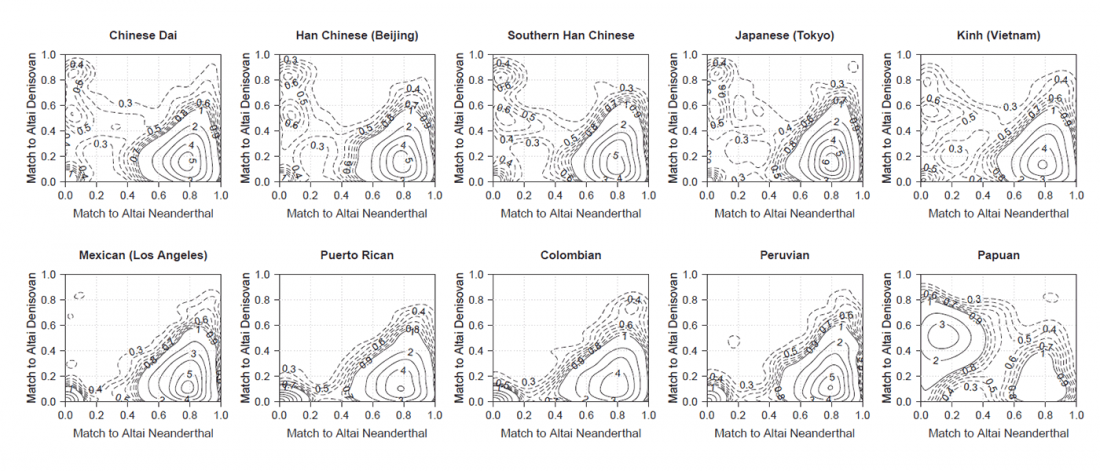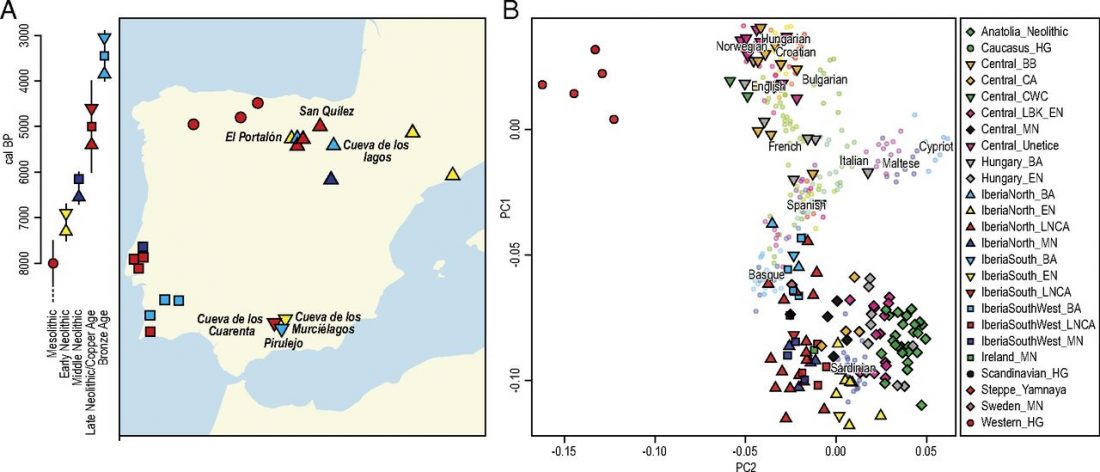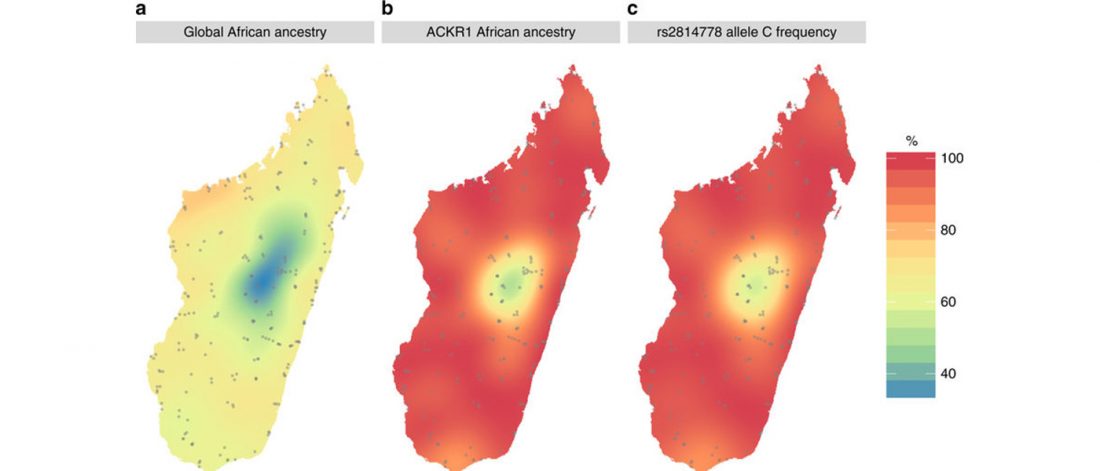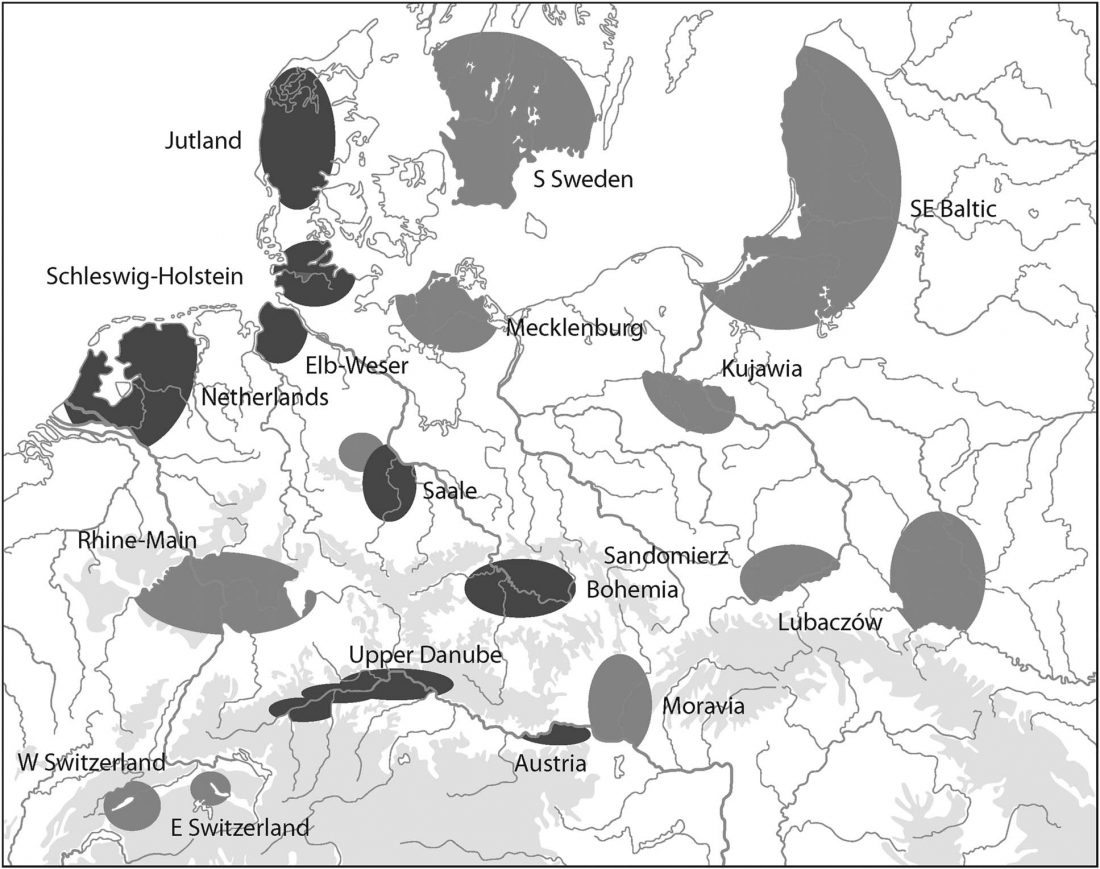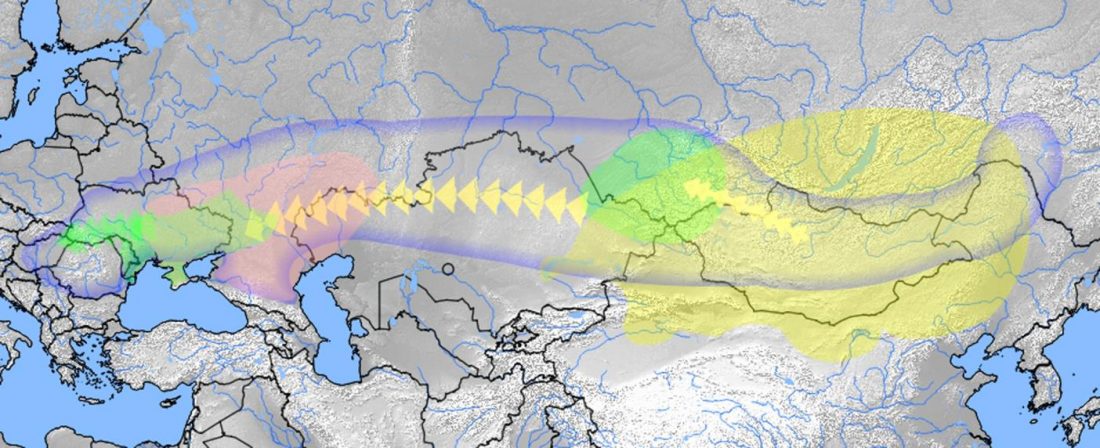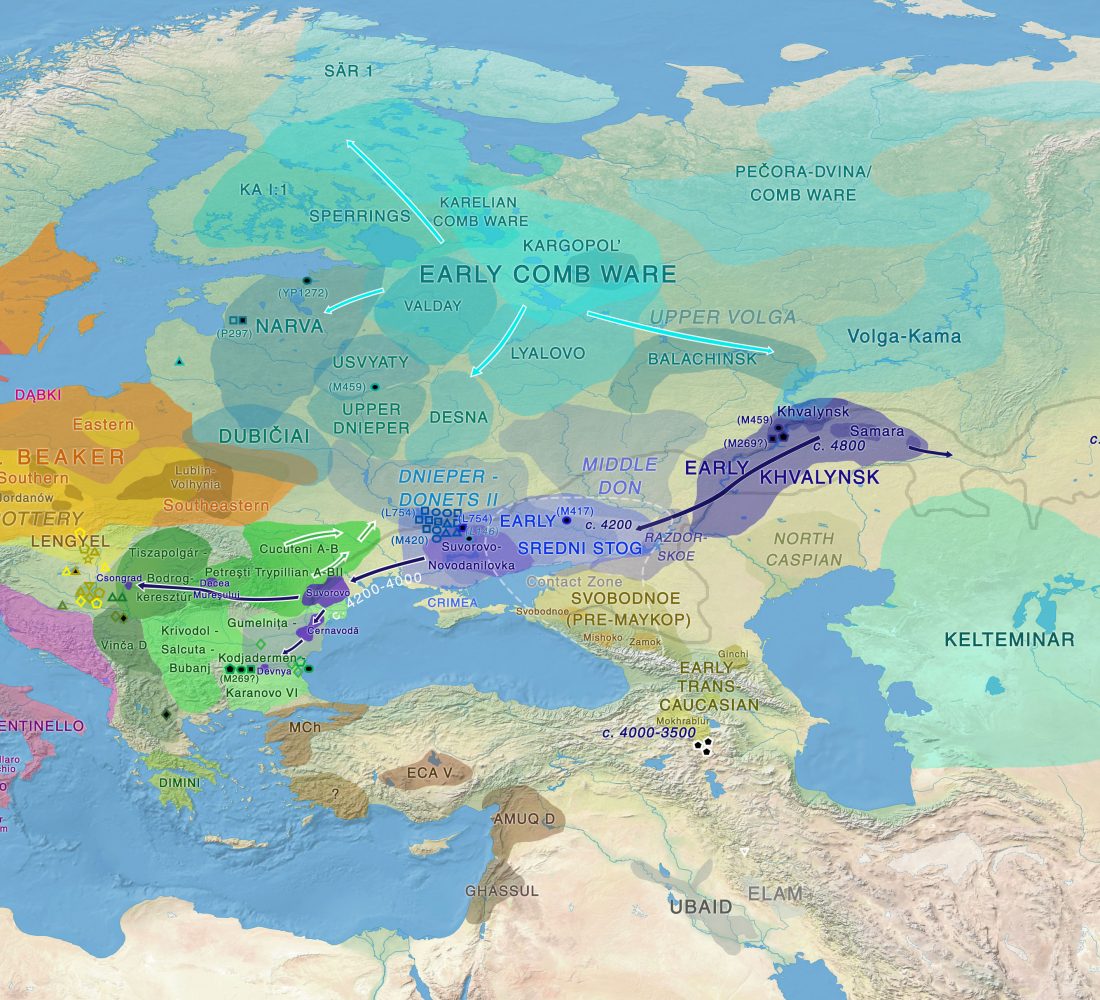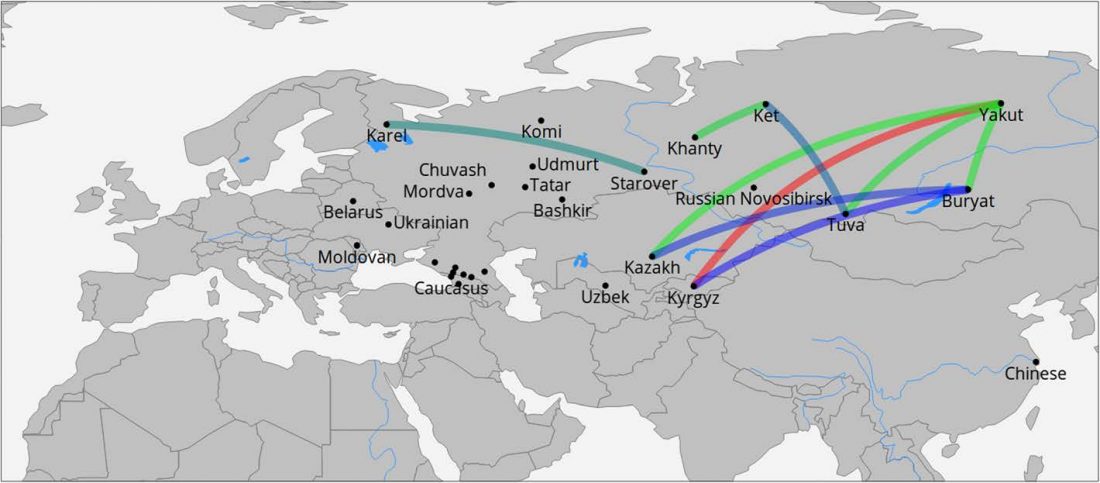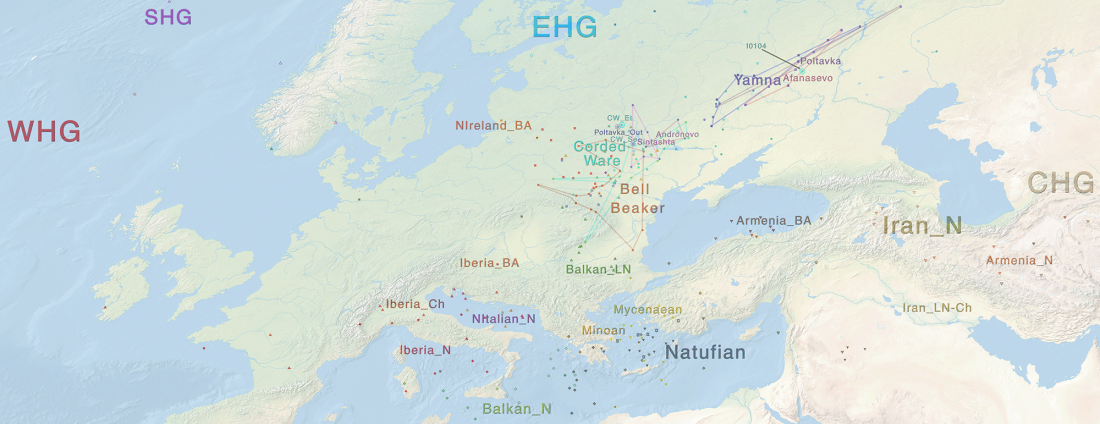Open access paper Analysis of Human Sequence Data Reveals Two Pulses of Archaic Denisovan Admixture, by Sharon L. Browning, Brian L. Browning, Zhou, Tucci, & Akey, Cell (2018).
Summary:
… Read the rest “Two sources of archaic Denisovan ancestry in East Asia, one possibly after the isolation of Native Americans”Anatomically modern humans interbred with Neanderthals and with a related archaic population known as Denisovans. Genomes of several Neanderthals and one Denisovan have been sequenced, and these reference genomes have been used to detect introgressed genetic material in present-day human genomes. Segments of introgression also can be detected without use of reference genomes, and doing so can be advantageous for finding introgressed segments that are less closely related to the
